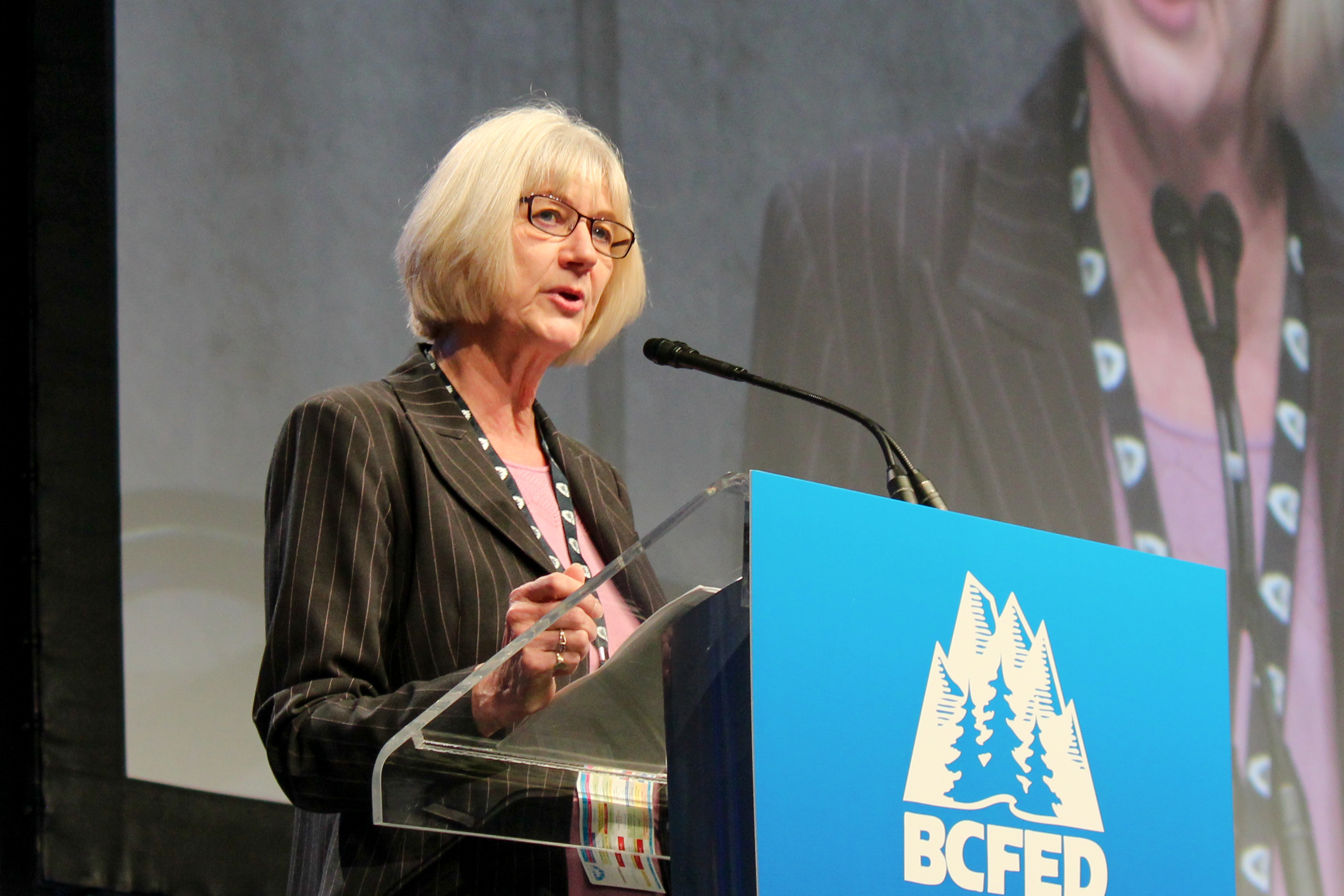Every year on April 28, thousands of people gather in more than 100 countries around the world to observe the National Day of Mourning.
The purpose is twofold — to draw attention to the significant number of people who have died, been seriously injured or made ill because of their work and to renew our commitment to strong workplace health and safety laws so that every worker comes home healthy and safe after every shift.
The Day of Mourning is very important and a proud part of Canadian labour history — but make no mistake, the deaths and injuries of working people are not just stories of the past.
In the nineteenth century, working conditions across Canada were deplorable, with nearly non-existent health and safety protections for workers, no employer accountability or liability and very little government oversight.
Labour and progressive political activists lobbied side by side for a workplace health and safety prevention and enforcement regime that allows every worker to return home healthy and safe each day and for injured workers and surviving dependents to be dignified with just and equitable compensation, regardless of fault.
These tireless efforts led to jurisdictions across Canada beginning to implement changes in the early 1900s.
On April 28, 1914, Ontario passed new workers’ compensation legislation based on Sir William Meredith’s principles, commonly known as the “historic compromise.” Workers give up the right to directly sue employers in exchange for no-fault and secure payment of benefits out of an employer-paid fund.
Similar legislation came into effect in British Columbia on Jan. 1, 1917, with one of the key differences being the incorporation of safety and incident prevention requirements. This was touted as the most progressive workers’ compensation legislation in North America at the time.
In adopting this legislation, the government emphasized the need to improve employer and worker relations, recognizing that working jointly was the only way to achieve safer workplaces.
Unfortunately, across Canada there was no legislated requirement to work together through a joint safety committee until the late 1970s, and even then, it was poorly structured and weakly enforced.
Consequently, an appalling number of workers continued to be killed, injured or made ill because of their work… and no one seemed to notice.
The labour movement decided to take action to raise public awareness about these devastating losses.
At the Canadian Labour Congress (CLC) convention in 1984, convention delegates adopted a resolution to create a remembrance day for workers killed, injured or made ill on the job.
They chose April 28, to recognize the date that Canada’s first comprehensive workers’ compensation act was passed in Ontario in 1914.
The CLC officially declared and observed the first National Day of Mourning on April 28, 1985.
But 33 years later, the struggle for workplace safety continues.
Since 1985, more than 33,000 workers have died due to work-related injury or disease across Canada. And it is estimated that thousands more workers’ deaths are unaccounted for due to long-latency occupational diseases that are never reported.
In B.C., nearly 200 workers die every year because of unsafe and unhealthy working conditions. That is 200 families whose lives are forever changed.
In the past month, at least 12 workers have reportedly died.
Thousands more workers suffer workplace injury or illness.
These deaths, injuries and illnesses are all preventable. And so, we must do better.
Employers need to fulfill their duty to protect workers, including educating them about their rights and responsibilities: the right to know about workplace hazards, the right to participate in health and safety and the right to refuse unsafe work without repercussion.
Workers need to exercise these rights, follow safe work procedures and report workplace hazards, incidents and near misses.
The Workers’ Compensation Board must increase health and safety enforcement and ensure that employers are held accountable for failure to protect workers.
Government must improve the laws to remove barriers to workers’ full, active participation in all aspects of health and safety in the workplace.
On this National Day of Mourning, we remember all those who have lost their lives, been injured or become ill because of their work. We honour the families, friends and co-workers who are left behind, or who must care for their family members who have been seriously injured or sick.
We renew our commitment to eliminate preventable work-related tragedies by making B.C. workplaces healthier and safer. And to demand that injured workers and surviving dependents are dignified with full compensation.
On April 28 we will mourn for the dead, and fight for the living. ![]()
Read more: Health, Labour + Industry















Tyee Commenting Guidelines
Comments that violate guidelines risk being deleted, and violations may result in a temporary or permanent user ban. Maintain the spirit of good conversation to stay in the discussion.
*Please note The Tyee is not a forum for spreading misinformation about COVID-19, denying its existence or minimizing its risk to public health.
Do:
Do not: